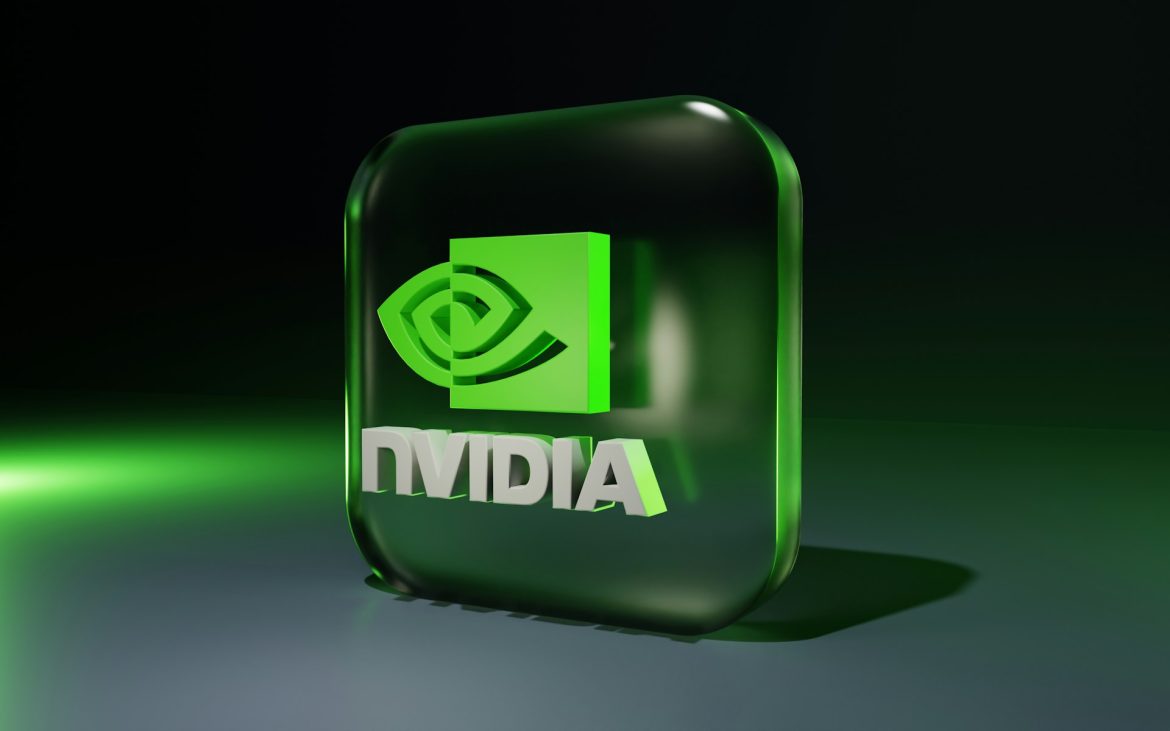The key lies in defining what constitutes a General AI and establishing benchmarks for its functionality
The subject of Artificial Intelligence (AI) still seems to be perceived as a concept belonging to the distant future for many, particularly when discussing General Artificial Intelligence (AGI) – an entity capable of thinking and operating akin to a human. Contrary to such beliefs, AI is not just a matter of the future but also of the present, or at least the near future.
Initially, it was Zuckerberg who hinted that Meta might achieve AGI sooner or later without setting specific timelines. Following suit, OpenAI touched upon the notion of Super Artificial Intelligence, paving the way for Nvidia’s CEO, Jensen Huang, who recently ventured into making a rather striking prediction in an interview covered by TechCrunch, providing us with quite the headline:
Jensen Huang, CEO of Nvidia, believes the essence of AGI lies in its definition
By now, we are all somewhat familiar with the capabilities of current AIs, which excel in executing specific tasks with precision, such as detecting flaws, analysing or generating images, summarising texts and news, creating code, and performing other similar functions, all benefiting from as comprehensive external training as possible.
However, a general artificial intelligence should be capable of performing multiple tasks at human or superior levels, self-improving, and even learning without the need for external training. This concept raises numerous existential questions, has been the subject of endless debates, and has been depicted in countless science fiction movies discussing machines taking control, highlighting the unpredictability of AGIs and even causing concern among experts like Sam Altman.
These general artificial intelligences are the ones set to change the paradigm, as we know the world, making us all eagerly anticipate a timeline for their emergence, which remains elusive in the tech industry. Yet, Nvidia’s CEO dares to predict their arrival in approximately five years, stressing that this timeframe will inevitably be shaped by the specific definition of AGI.
Jensen Huang illustrates this with the analogy of driving to a destination like the San Jose Convention Centre, where this year’s GTC event will be held, suggesting that we usually know we’ve arrived when we see the GTC event signs. It’s crucial to understand how to measure that we’ve arrived, just as it will be essential to define how AGI’s outcomes are assessed.
According to Nvidia’s CEO, benchmarks could include passing a law degree examination, solving logic problems, or accurately completing a pre-existing medical exam, but we must be clear and specific about what AGI means and what we expect it to achieve to determine whether it has reached its goal.



